

Harnessing the Power of the Sun: A Comprehensive Guide to Rooftop Solar Systems
In the quest for sustainable and renewable energy sources, rooftop solar systems have emerged as a shining star, providing a clean and efficient way to harness the power of the sun. As concerns about climate change and environmental impact grow, many homeowners and businesses are turning to solar energy to not only reduce their carbon footprint but also save on energy costs in the long run. In this blog post, we will delve into the world of rooftop solar systems, exploring how they work, their benefits, and the steps involved in installing one on your rooftop.
Types of Solar System:
The term "solar system" can refer to different things depending on the context. It can refer to a specific solar system, such as our own, which includes the Sun and the celestial bodies that are gravitationally bound to it, such as planets, moons, asteroids, and comets. On the other hand, it can also refer more broadly to systems that harness solar energy for various purposes. Let's explore both aspects:
Astronomical Solar System:
Our Solar System: This is the specific solar system that includes the Sun and all the celestial bodies gravitationally bound to it. The major components are the Sun, eight planets (including Earth), their moons, dwarf planets, asteroids, and comets.
Solar Energy Systems:
Solar Power Systems: These systems are designed to harness solar energy and convert it into electricity. There are two main types:
Importance of Solar Systems:
Both astronomical solar systems and solar energy systems play crucial roles in our understanding of the universe and in addressing contemporary energy and environmental challenges.
How Rooftop Solar Systems Work
At the heart of a rooftop solar system are solar panels, which are designed to capture sunlight and convert it into electricity. These panels consist of photovoltaic cells, typically made of silicon, which generate a flow of electricity when exposed to sunlight. When sunlight hits the solar panels, it excites electrons within the cells, creating an electric current.
This direct current (DC) is then sent to an inverter, a crucial component of the system that converts DC into alternating current (AC). Most homes and businesses use AC power, so the inverter plays a vital role in making the electricity generated by the solar panels compatible with the electrical systems of the building.
Net Metering
One of the key features of rooftop solar systems is net metering. This allows you to send excess electricity generated by your solar panels back to the grid, earning credits that can be used when your panels are not producing enough electricity, such as during the night. Net metering essentially enables you to offset the cost of electricity drawn from the grid by the surplus energy your solar panels contribute.
Rooftop Solar System: How sustainable it is for all?
Rooftop solar systems have emerged as a sustainable and efficient means of harnessing solar energy to meet the growing demand for electricity. These systems consist of solar panels installed on the rooftops of buildings or other structures, converting sunlight into electricity through the photovoltaic effect.
One of the primary advantages of rooftop solar systems is their ability to generate clean and renewable energy directly at the point of consumption. By utilizing available rooftop space, these systems reduce dependence on traditional grid-based electricity, mitigating the environmental impact associated with fossil fuel-based power generation. This decentralized approach to energy production also enhances energy resilience, as individual buildings equipped with solar panels can continue to function even during grid outages.
Technological advancement
The technology behind rooftop solar systems has advanced rapidly, with improvements in solar panel efficiency, durability, and cost-effectiveness. Innovations such as thin-film solar cells, integrated solar roofing materials, and smart inverters contribute to the overall efficiency and aesthetics of rooftop solar installations. Additionally, government incentives and subsidies in many regions have spurred the adoption of these systems, making them more accessible to homeowners, businesses, and institutions.
Helps in Greenhouse Gas Emission
Beyond environmental and economic benefits, rooftop solar systems contribute to the overall reduction of greenhouse gas emissions and help combat climate change. The decentralized nature of these systems also supports energy democratization, allowing individuals and communities to take an active role in sustainable energy production.
While challenges such as intermittent energy production and initial installation costs persist, ongoing research and development aim to address these issues and further improve the overall viability of rooftop solar systems. As technology continues to evolve, rooftop solar installations are poised to play a crucial role in the global transition toward a more sustainable and resilient energy future.
Installing a Rooftop Solar System
Assessment and Planning:
The first step in installing a rooftop solar system is to assess the feasibility of your location. Factors such as the amount of sunlight your roof receives, local regulations, and potential obstacles need to be considered. A professional solar installer can conduct a site assessment to determine the optimal placement and size of your solar array.
Design and Permits:
Once the assessment is complete, the next step involves designing the solar system and obtaining the necessary permits. The design phase considers factors such as the number and arrangement of solar panels, inverter placement, and electrical wiring. Permits are typically required to ensure that the installation complies with local building codes and safety standards.
Installation:
With permits secured, the installation process begins. This involves mounting the solar panels on your rooftop, connecting them to the inverter, and integrating the system with your electrical panel. The installation is typically carried out by trained professionals to ensure safety and efficiency.
Connection to the Grid:
After the solar system is installed, it needs to be connected to the electrical grid. This involves installing a bi-directional meter, which measures the electricity your system produces and feeds back into the grid. Once connected, you can start enjoying the benefits of net metering.
Conclusion
Rooftop solar systems have evolved from being a niche technology to a mainstream solution for clean and sustainable energy. As technology advances and costs continue to decrease, the adoption of solar power is expected to rise. By understanding how rooftop solar systems work and the benefits they offer, homeowners and businesses can make informed decisions about embracing solar energy, contributing to a brighter and greener future.
.jpeg)
Myth #1 • All Solar Systems Operate During Power Outages A grid-connected solar power system will lose power during ou...Read More
23 Sep 2023

As Rajasthan continues to shine as a solar energy powerhouse in India, more households and businesses are considering switching...Read More
21 Apr 2025
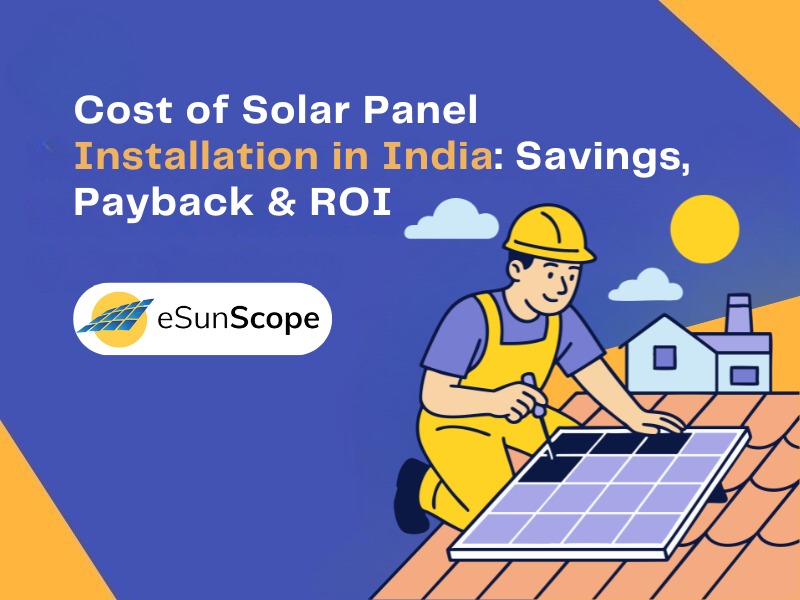
The demand for solar energy in India is growing rapidly as more households and businesses switch to clean, affordable, and reli...Read More
18 Nov 2025

In a world rapidly transitioning toward clean energy, eSunScope Solar is proud to lead the change as a trusted Solar company in...Read More
26 Jul 2025

The global energy landscape is undergoing a significant transformation, driven by the urgent need to address climate change and...Read More
15 Feb 2025

How to Choose the Best Solar Plant Installer in Jodhpur? In the vibrant city of Jodhpur, where the sun shines brightly for ...Read More
09 Jan 2024

The sun, a constant energy source, offers a powerful way to reduce your electricity bills and contribute to a greener future. I...Read More
22 Jan 2025
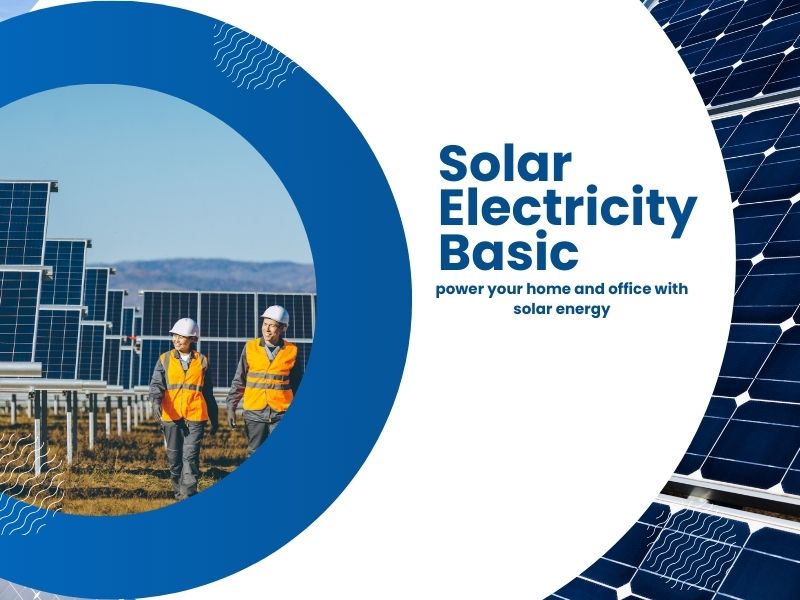
Solar electricity is rapidly gaining popularity among homeowners as an eco-friendly and cost-effective alternative to tradition...Read More
29 Aug 2023

In a world influenced by global events and concerns about inflation, individuals are seeking prudent investment avenues. Is sol...Read More
29 Aug 2023

Are you ready to embrace a sustainable future and reduce your reliance on traditional energy sources? How to Switch to Solar En...Read More
19 Nov 2024

As Solar Energy adoption continues to rise across homes, industries, and commercial sectors, ensuring the safety and longevity ...Read More
06 Oct 2025
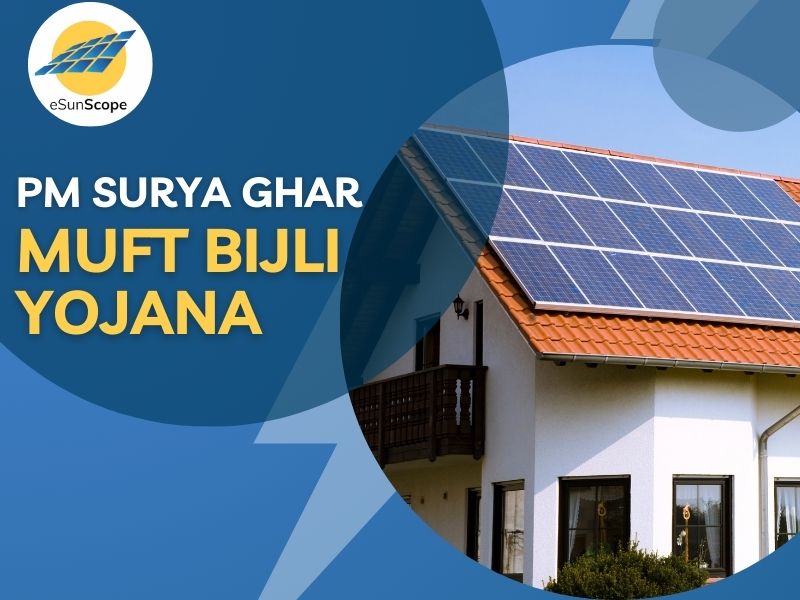
PM Surya Ghar Muft Bijli Yojana 2024: Illuminating India's Rooftops with 1 Crore Solar Residences In a monum...Read More
12 Feb 2024

Why Now Is the Best Time to Switch to Solar with eSunScope Solar Rajasthan has always been known as the land of the sun&mda...Read More
08 Dec 2025

Transitioning to solar energy has never been easier. At eSunScope Solar, a leading Solar company in Rajasthan, we guide you thr...Read More
18 Jul 2025
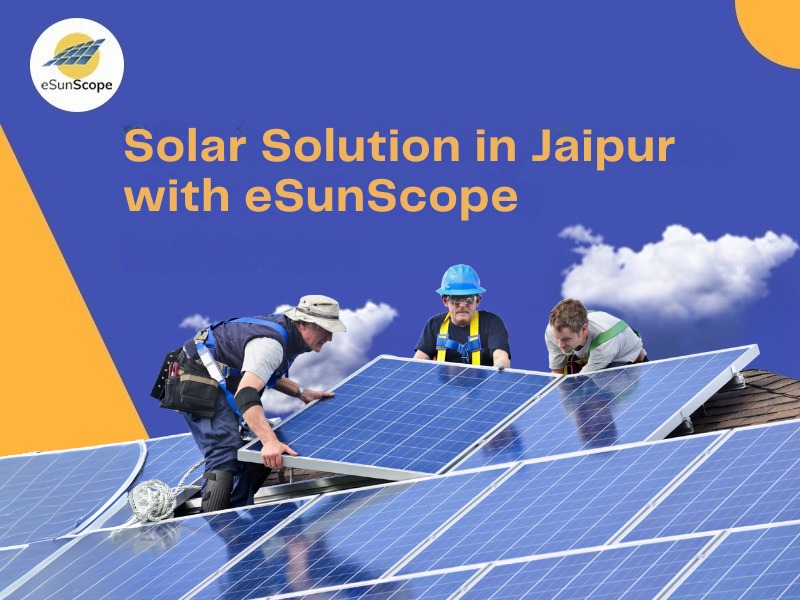
When it comes to Solar Energy, success begins long before the first panel is installed. At eSunScope Solar, a leading Solar Com...Read More
04 Aug 2025
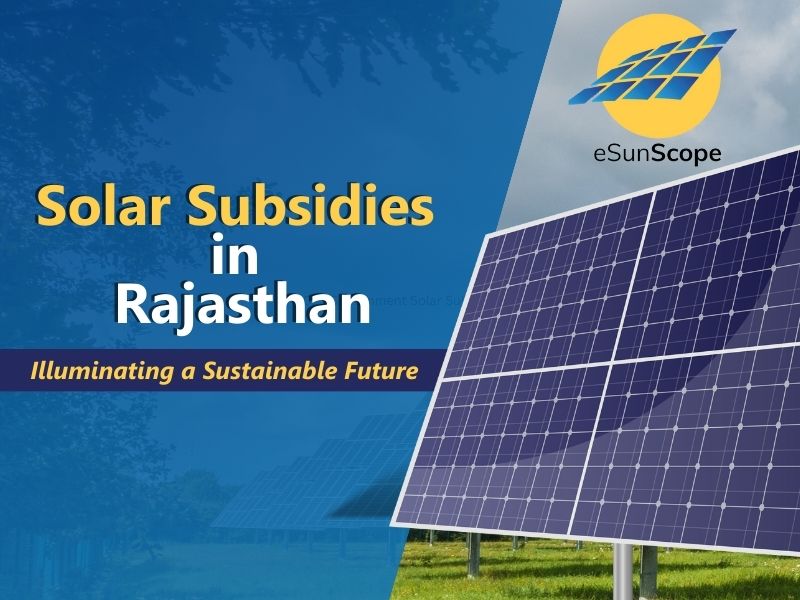
Solar Subsidies in Rajasthan: Illuminating a Sustainable Future In Rajasthan, the glimmering sun often beats dow...Read More
10 Nov 2023

For decades, electricity has been a monthly expense, like groceries or fuel. But what if you could generate your own electricit...Read More
04 Sep 2025

The sun, a constant source of clean and abundant energy, has increasingly become a viable solution for powering homes. Harnessi...Read More
09 Jan 2025

eSunScope - The Best Solar Installation Company in Kota In the quest for sustainable and renewable energy sources, solar po...Read More
09 Feb 2024

Investing in a solar energy system is a significant step towards energy independence and environmental responsibility. However,...Read More
09 Jan 2025

Solar energy is a rapidly growing industry, and with it comes a variety of solar panel technologies. Understanding the differen...Read More
19 Nov 2024

In today's world, industries face increasing pressure to reduce their environmental impact while maintaining profitability....Read More
22 Jan 2025

The quest for clean, sustainable energy has propelled remarkable advancements in solar technology. From boosting efficiency to ...Read More
15 Feb 2025